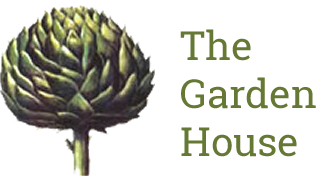Propagating Pelargoniums
Posted:15 September 2012
Pelargoniums are native to South Africa and are tender perennials – in other words, they need to be kept frost free over winter. Some of the more common bedding varieties do sometimes survive outside but the rarer types tend to die at the merest hint of a frost.
Propagating pelargoniums is easy, with almost fail-safe results! If you propagate your pelargoniums rather than growing on last years plants youll have more flowers and much stronger plants and September is a really good time to start taking cuttings if you want really good results.
How to do this:
- September is the ideal time to start propagating as the plants are at a very active stage of growth which means they will root very quickly.
- Make your cut underneath the node or leaf joint as this is where there is an accumulation of hormones, which will help your cuttings to make roots.
- Take a 1½in-3in cutting using a very sharp knife (a razor blade rather than a kitchen knife). You are most likely to succeed if you keep cuttings small.
- Use a mix of two-thirds peat to one-third grit – this will make a really free draining mix and will stop the plants from rotting off.
- Do not cover them as you would when propagating other tender perennials – again this will allow the cuttings to develop roots before quickly without getting diseases such as grey mould.
They should root with two to three weeks. Youll know they have done so by new growth at their tips. Turn over the pot and check for new white roots.
Take them out of the propagator and pot on if before October.
If it is already October, dont pot on but feed and keep them cold and dry through the winter, to pot on in spring. Theyll grow fantastically and youll have lots of plants to put out in the garden.
To see a fantastic collection of Pelargoniums visit Woottens of Wenhaston in Suffolk, it is wonderful and a favourite nursery of ours! www.woottensplants.com

